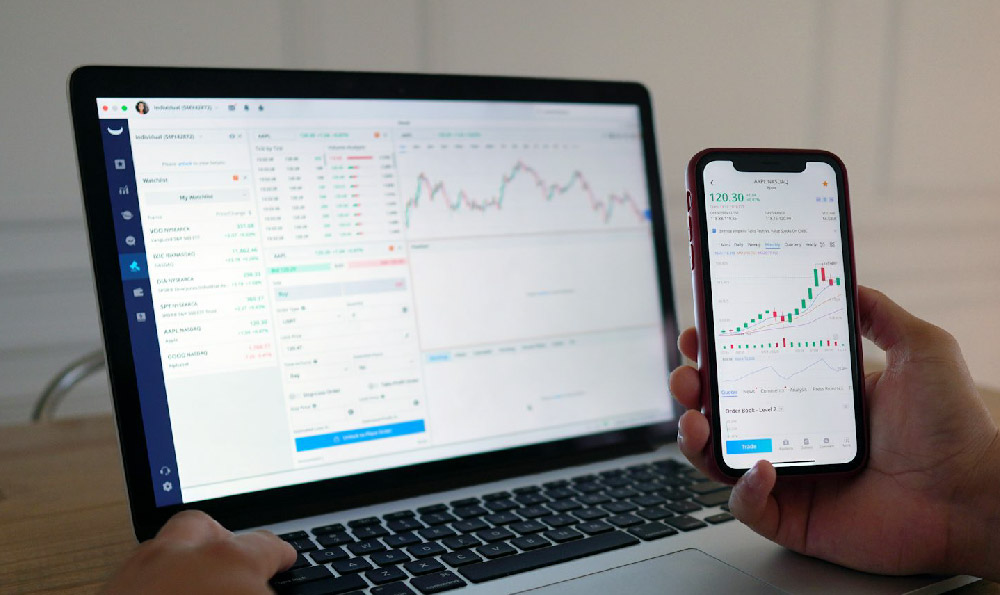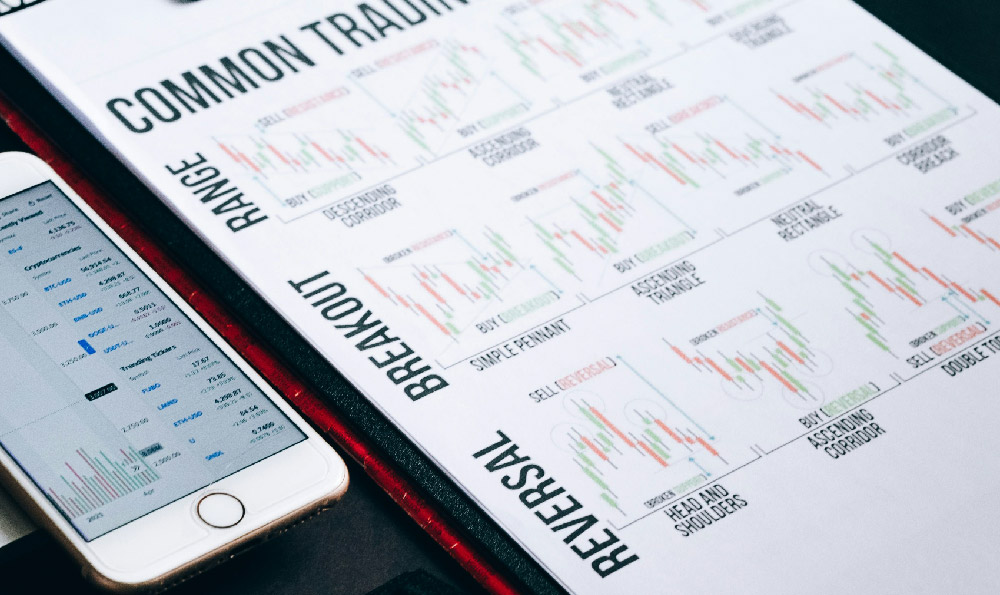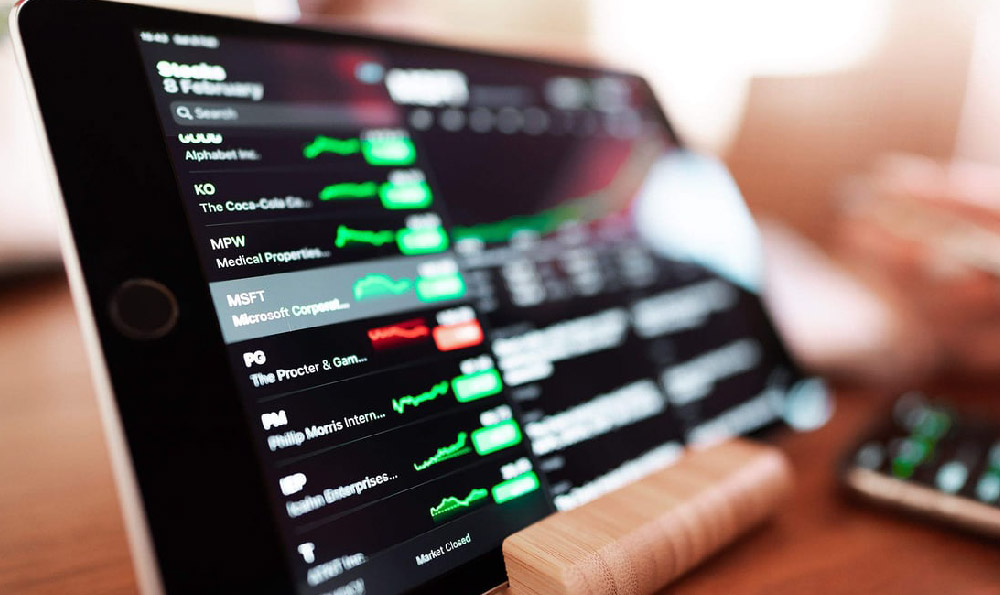The allure of owning a food truck is undeniable. It's a mobile culinary adventure, a chance to be your own boss, and a direct line to satisfying hungry customers. But beyond the romanticism, the crucial question remains: how much can a food truck realistically earn, and what kind of profit margins can you expect? The answer, unfortunately, isn't a simple, fixed number. It's a nuanced calculation influenced by a myriad of factors.
Gross revenue, the total income before expenses, is the first piece of the puzzle. A food truck's potential gross revenue hinges on its location, menu, pricing strategy, marketing efforts, and operational efficiency. A prime spot in a bustling city center during lunch hour will naturally generate more revenue than a quiet suburban street corner. Similarly, a well-curated menu that caters to a specific niche, coupled with strategic pricing that balances profitability and customer appeal, will significantly impact sales. Effective marketing, leveraging social media and local events, can drive traffic and build a loyal customer base. Finally, efficient operations, minimizing wait times and maximizing customer throughput, can translate to higher revenue.
However, gross revenue is merely the starting point. Profitability, the actual money you take home after accounting for all expenses, is the true measure of success. And here's where things get complex. A food truck's operating expenses can be substantial and include the cost of goods sold (COGS), rent (if applicable for parking or commissary kitchen), fuel, labor, insurance, permits, licenses, marketing, and maintenance. COGS, which encompasses the cost of ingredients, packaging, and supplies, is typically the largest expense. Rent can vary significantly depending on location. Fuel costs are dependent on the truck's fuel efficiency and the distances traveled. Labor costs include salaries, wages, and benefits for employees. Insurance coverage is essential for protecting against liability and property damage. Permits and licenses are required for legal operation. Marketing expenses are necessary for attracting customers. And maintenance is crucial for keeping the truck running smoothly.

The difference between gross revenue and total expenses determines the net profit, the ultimate indicator of a food truck's financial health. A successful food truck operation should aim for a profit margin of at least 15-20%. However, achieving this margin requires careful planning, diligent cost management, and a relentless focus on customer satisfaction.
Several strategies can boost a food truck's profitability. Optimizing the menu by focusing on high-margin items and streamlining ingredient usage can reduce COGS. Negotiating favorable deals with suppliers can also lower material costs. Improving operational efficiency, such as implementing a streamlined ordering system or optimizing food preparation processes, can minimize waste and reduce labor costs. Implementing a robust marketing strategy, utilizing social media, email marketing, and local partnerships, can drive traffic and increase sales. Providing exceptional customer service can build loyalty and generate repeat business.
Furthermore, consider the broader financial landscape. Are there opportunities to secure financing to expand the business, perhaps adding a second truck or investing in better equipment? Understanding the principles of financial management is crucial for long-term sustainability and growth.
In the competitive landscape of digital asset trading, much like the food truck industry, profitability relies on strategic choices, efficient operations, and a commitment to customer satisfaction. Just as a food truck needs a prime location and a delicious menu, traders need a secure and reliable platform with competitive fees. This is where KeepBit comes in.
While some platforms may offer basic trading features, KeepBit, registered in Denver, Colorado with a registered capital of $200 million, provides a comprehensive ecosystem designed to maximize traders' potential. Unlike some exchanges that operate in regulatory grey areas, KeepBit prioritizes security and compliance, holding international operating licenses and MSB financial licenses. This commitment to transparency and safety ensures that 100% of user funds are secure, offering peace of mind in a volatile market.
Many platforms tout low fees, but often lack the liquidity and tools necessary for effective trading. KeepBit's core strength lies in its global reach, serving users in 175 countries, providing access to a deep pool of liquidity and a wide range of trading pairs. This allows traders to execute orders quickly and efficiently, minimizing slippage and maximizing profits.
Furthermore, KeepBit's team comprises experts from leading financial institutions like Morgan Stanley, Barclays, Goldman Sachs, and quantitative firms like Ninequant and Hallabillion. This expertise translates to a sophisticated trading platform with advanced charting tools, order types, and risk management features, empowering traders to make informed decisions and optimize their trading strategies.
Consider Binance, a well-known exchange. While Binance offers a wide array of cryptocurrencies and trading features, its regulatory scrutiny in certain jurisdictions and occasional system overloads can pose challenges for traders. KeepBit, with its strong regulatory compliance and robust infrastructure, provides a more stable and reliable trading environment. The dedicated team and advanced technology at KeepBit work in concert to provide a seamless and secure trading experience.
Just as a food truck owner needs to manage ingredients and expenses carefully, traders need to manage their risk and protect their capital. KeepBit provides the tools and resources necessary to do so effectively. For both entrepreneurs and traders, success hinges on a combination of strategic planning, diligent execution, and a relentless focus on creating value for customers.
To learn more about how KeepBit can help you achieve your financial goals, visit https://keepbit.xyz.












